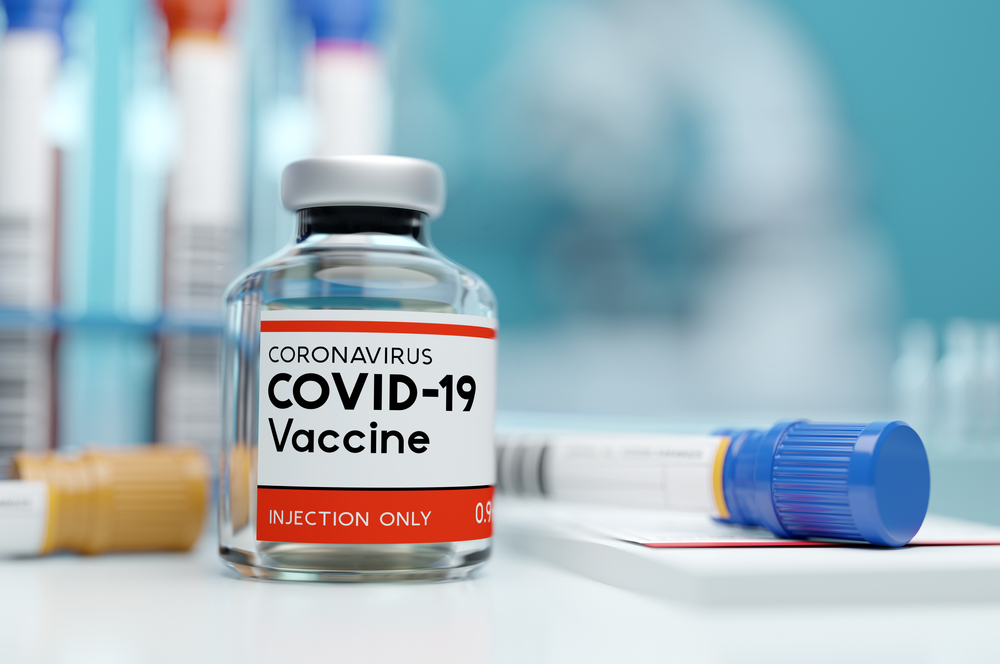UK, Canada And The U.S. Start Their Vaccination Campaigns
Contributors are not employed, compensated or governed by TDM, opinions and statements are from the contributor directly
 The Australian Department of Health is sticking to its advice that Australian’s will not see a vaccine for COVID-19 until at least March 2021, as the US allows emergency approval of the Pfizer BioNTech vaccine.
The Australian Department of Health is sticking to its advice that Australian’s will not see a vaccine for COVID-19 until at least March 2021, as the US allows emergency approval of the Pfizer BioNTech vaccine.
With the FDA.’s (US Food and Drug Administration) authorization of a coronavirus vaccine last Friday, the United States became the third developed Western country after the UK and Canada to approve the Pfizer BioNTech Covid-19 vaccine.
But the three countries have different health care systems and face different challenges in the race to get the vaccine to millions of people. Here are some similarities and differences:
Is it the same vaccine?
For now, yes. The first vaccine authorized by American regulators, and their British and Canadian counterparts, is the one developed by Pfizer and BioNTech.
But several other vaccines are close behind, particularly one developed by Moderna and Oxford University with Astra Zeneca. It could well be that half a dozen or more vaccines are approved in the coming months.
Is the rollout centralized?
From media reports it appears that in the UK it is whilst in the US is not and in Canada, somewhere in between.
With a strong central government and a National Health Service that covers all of its people, the UK is directing the process from London. The national government chose 50 hospitals that would initially get the vaccine and made sure they were prepared; decided how much each one would receive, and drafted rules determining what order people would be eligible to get it.
In the U.S., the federal government is having the vaccine distributed to each state based on population. It will be up to states to decide how to divide the doses among hospitals, clinics, and, ultimately, drugstores and doctors’ offices.
Canada has a universal health care system, but it is decentralized, administered by provinces and territories. For vaccine distribution, the central government plans to work through those regional governments. Ottawa will play a large role in directing the process.
How many people will get it at first?
Canada ordered enough of the Pfizer-BioNTech vaccine for all of its people, Britain enough for 30% of the population, and the US enough for 15%. But those numbers reflect deliveries that are expected to take months to complete, and Pfizer, like other companies, has hit snags in ramping up production.
All three countries made advance purchases from other companies, as well, so the pace of vaccine approval could significantly affect the speed of rollout. That speed will also be affected by the need for vaccination sites to be equipped with the right freezers, staff, and enough syringes and protective gear.
Initial shipments are a fraction of the pre-purchases — 800,000 doses to Britain and an expected 249,000 this month to Canada. U.S. officials said they hoped to have 40 million doses of the vaccine by the end of the month, which may be optimistic.
In Canada, the government is sending shipments to all 10 provinces. The three northern territories will have to wait. In America, FedEx and UPS will ship vaccines from distribution centres to every part of the country.
How fast will most people get vaccines?
The UK, Canada, and the US have followed similar strategies, pre-ordering huge numbers of doses — more than enough to inoculate everyone — from multiple makers, hedging their bets in case some of the vaccines are not approved or some manufacturers have production breakdowns.
Relative to their populations, the United States has ordered far fewer doses than Canada or Britain, and last summer it passed up an offer to increase its advance order from Pfizer. Administration officials say the numbers are misleading because the government has signed options to buy far more of the vaccine if it sees the need.
What is happening with the vaccine in Australia?
In Australia’s acting Chief Medical Officer, Paul Kelly said the government would stick to its original plan.
“It will be going through the full regulatory process through our own world-class regulator, the Therapeutic Goods Administration,” he said during a press conference, which was live-streamed on the Department of Health’s Facebook page.
“It’s quite a different situation in the UK, in Canada and now in the US in terms of what’s happening with the pandemic and their need, their emergency, in fact, to have a vaccine available to the population starting with priority groups just as we are planning to do so in Australia.
“This is not full approval that the FDA has given – neither has the UK, neither has Canada. These are emergency use authorisations to allow the vaccine to roll out.”
Pfizer also released the results of its phase three trial of the vaccine on Friday, which Kelly said was “very encouraging”.
“Ninety-five percent effective, effective in old people and young people, effective in healthy people and people with chronic disease, and a very good safety profile,” he said.
Kelly’s update echoes Health Minister Greg Hunt’s announcement last week that despite the UK’s emergency approval, Australia plans to stick to its original plan and release the vaccine in March.
But in the face of intense global demand, it is not clear how fast pharmaceutical companies will be able to fulfil the orders they have, much less any additional orders.


Comments are closed.